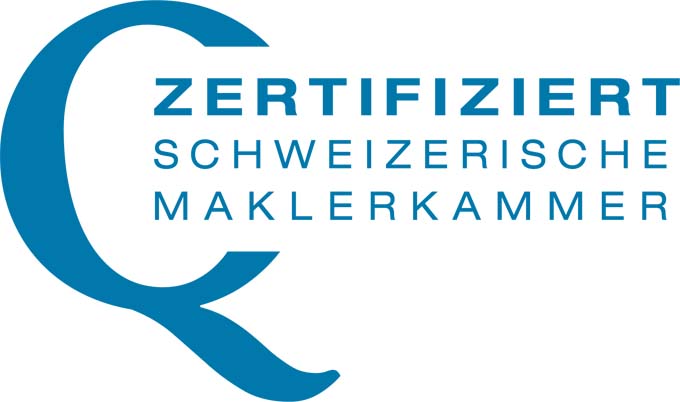Lindt "golden rabbit" again before German court
Even more popular among Germans than chocolate Santa Clauses and Santa Clauses are Easter bunnies: More than 130 million chocolate bunnies were sold in Germany this year, according to the German Confectionery Industry Association. The market leader is the Swiss company Lindt&Sprüngli, which has been offering its Easter bunny dressed in gold foil in Germany since 1952 - and is fighting in court for species protection. On [...]

Even more popular among Germans than chocolate Santa Clauses and Santa Clauses are Easter bunnies: More than 130 million chocolate bunnies were sold domestically this year, according to the German Confectionery Association.
The market leader is the Swiss company Lindt&Sprüngli, which has been offering its Easter bunny dressed in gold foil in Germany since 1952 - and is fighting for species protection in court. On the instructions of the Federal Court of Justice, the Munich Higher Regional Court is hearing the case again on Thursday at 2 pm.
The 29th Civil Senate must examine whether a competitor sued by Lindt - Allgäuer Confiserie Heilemann, which belongs to the Thuringian company Viba Sweets - has infringed the trademark rights of the "Lindt Gold Bunny". Specifically, the case concerns the gold tone of the two foils used and the possible likelihood of confusion. The BGH has already ruled that the gold tone used by Lindt enjoys trademark protection - contrary to a previous ruling.
Lindt claims damages
Heilemann also distributed a sitting chocolate bunny in a gold-colored foil during the 2018 Easter season. The traditional Swiss company is demanding that the competitor stop selling its gold bunny and provide information about its business with it with a view to damages.
The Munich Regional Court had ruled in favor of Lindt in 2019: The gold hue of the chocolate bunny had become a color trademark through long use and intensive advertising. In 2020, however, the Higher Regional Court dismissed the claim as unfounded. Unlike "Nivea Blue," "Telekom Magenta" or "Milka Purple," the gold hue did not unmistakably belong to Lindt. The chocolate manufacturer also had other colored products in its range.
In contrast, the BGH ruled in the last instance that the color of the "Gold Bunny" was so well known that it enjoyed trademark protection. The color is associated with the Swiss chocolatier by 70 percent of consumers. It had established itself on the market as a trademark through its long and intensive use and had "acquired a reputation in the trade.
The fact that Lindt does not use the gold for all its products and that the "Gold Bunny" has other characteristic features, such as the red collar with little bells, is irrelevant. The Karlsruhe judges thus referred the case back to the Munich Higher Regional Court for a new hearing and decision.
Lindt says it now produces around 150 million "Gold Bunnies" a year in more than 50 countries. Lindt has been defending itself against overly similar competitor products for years. The golden chocolate bunnies of the Franconian chocolate producer Riegelein were allowed to remain after two BGH rulings. Four weeks ago, the Swiss Federal Court in Lausanne ruled that discounter Lidl could no longer sell its Gold Bunnies in Switzerland because of the risk of confusion with Lindt's Gold Bunnies. (SDA)










 a digital service that allows customers to analyze and compare audit data themselves.
a digital service that allows customers to analyze and compare audit data themselves. Everything is getting more expensive - so shopping events such as Singles Day or Black Friday are just what people need. A new survey by the brochure app Profital and the Swiss Retail Federation shows: Inflation is changing purchasing behavior, and more consumers want to take advantage of discounts on Singles Day and Black Friday in November.
Everything is getting more expensive - so shopping events such as Singles Day or Black Friday are just what people need. A new survey by the brochure app Profital and the Swiss Retail Federation shows: Inflation is changing purchasing behavior, and more consumers want to take advantage of discounts on Singles Day and Black Friday in November.






 Contact details:
Canon (Switzerland) AG
Richtistrasse 9
8304 Wallisellen
T 0848 833 835
Contact details:
Canon (Switzerland) AG
Richtistrasse 9
8304 Wallisellen
T 0848 833 835
 The Graubünden DIY store Do It is getting a new look. The focus is on positioning itself as a sustainability pioneer - to this end, the Martin et Karczinski agency has completely overhauled the brand identity. A prototype of this has already been implemented in the Punt Muragl/Samedan branch.
The Graubünden DIY store Do It is getting a new look. The focus is on positioning itself as a sustainability pioneer - to this end, the Martin et Karczinski agency has completely overhauled the brand identity. A prototype of this has already been implemented in the Punt Muragl/Samedan branch.



 Past, present and future are linguistically fixed tenses. In life and especially in the professional life of our industry, however, these seem to be fluid. Therefore, it is understandable that words describing time periods are used differently here, but they still seem strange. For example, when students of communication and marketing talk about "earlier" while scrolling through social media on the way to college or university, but actually mean "yesterday," or when advertisers call something "legendary" just because it is "recurring.
Past, present and future are linguistically fixed tenses. In life and especially in the professional life of our industry, however, these seem to be fluid. Therefore, it is understandable that words describing time periods are used differently here, but they still seem strange. For example, when students of communication and marketing talk about "earlier" while scrolling through social media on the way to college or university, but actually mean "yesterday," or when advertisers call something "legendary" just because it is "recurring. "Our logo reflects the soul of La Prairie," comments Greg Prodromides, chief marketing officer of La Prairie. "It embodies the values and heritage of the company and expresses its unique identity to the world. It represents who we are and who we will be tomorrow."
"Our logo reflects the soul of La Prairie," comments Greg Prodromides, chief marketing officer of La Prairie. "It embodies the values and heritage of the company and expresses its unique identity to the world. It represents who we are and who we will be tomorrow."